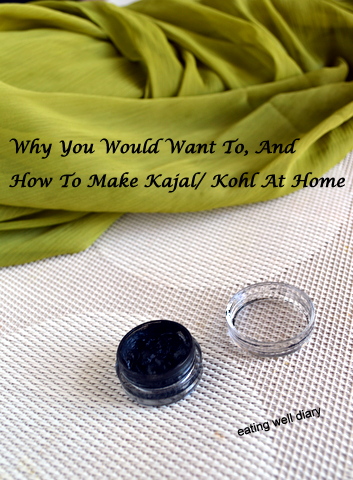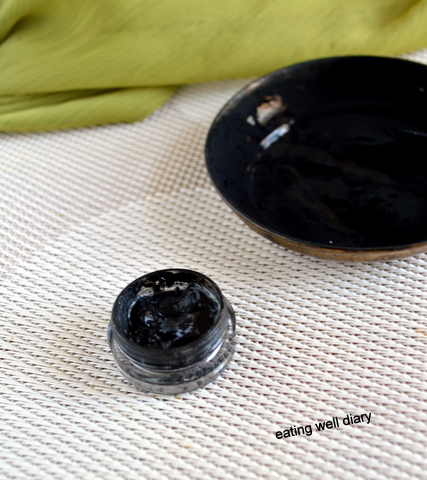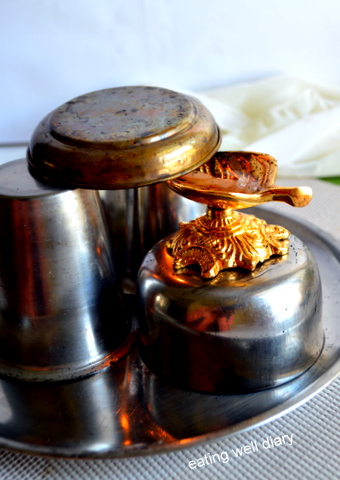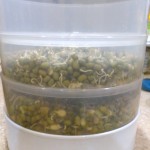10 March, 2017
Why You May Want To, And How To Make Kajal At Home

What Is Kajal Or Kohl?
Kajal or Kohl (or KaNmai in Tamil) is a popular cosmetic used to line the eyes, especially in Indian and Middle Eastern cultures. It is applied inside the lower eyelashes.
I grew up loving this cosmetic. It really highlights the eyes. Women in my family as in many others have been using it for generations.
What is it? Simply amorphous carbon black! It traditionally contains cooling oils and herbs that keep the eyes healthy and traps particulate matter before it gets in the eye. Made sense when I thought about it. Carbon particles act as a good adsorbent, and attract dust particles.
Where You Can Get It And Why You Want To Make It, Instead
In fact, my grandmother and aunts used to make it at home. With commercial cosmetics in the market, kajal is one of those that is easily available and is cheap as dirt.
I only thought it is cheap as dirt, but lately doing a lot of research on nontoxic living, I found that IS MORE THAN DIRT. It is TOXIC!
Did you know that it is not pure carbon black? It is mixed with black pigment and powders such as lead sulfide, antimony sulfide that are not just black but highly toxic to the human body.
No, I’m not making this up! Read this article to get the facts:
https://www.ncbi.nlm.nih.gov/pmc/articles/PMC3003848/
To find out that I have been slowly poisoning my body… this was a wake up call!
I did some digging in the internet and found that it can be made very easily at home.
Just collect soot from an oil lamp and mix with coconut oil! Simple, pure, smooth kajal that you know does not have contaminants.
How To Make Kajal At Home
Method
1. Set up an oil lamp with castor oil. Place a metal plate on top very close to it.
2. Light the lamp and make sure the yellow part of the flame touches the plate.
3. Collect the soot over a few hours. Carefully transfer to a container.
4. Add melted coconut oil or castor oil (or pure ghee) mix gently to make a paste.
5. Take only a little bit with a finger and apply to the inside of the eye lash. If there is excess outside the eye, it can be wiped off with coconut oil.
Note:
To be extra cautious, one could use a wick made from organic cotton. And mix with pure oil.
Traditionally, it used to be mixed with an herb called karasalankanni. If available that can be added to wick before the process.






